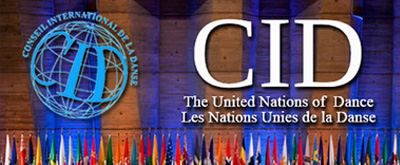DASARUPAKAS
In the 20th chapter of the Natyasastra, Bharata describes the 10 types of plays under the heading ‘Dasharupavikalpan’. Here, the term ‘Rupaka’ is used in the context of visual representation. Hence, in Bharatha’s theory, the term Rupaka is equivalent to drama and not to the current popular term ‘naatak’ which according to him is one […]


